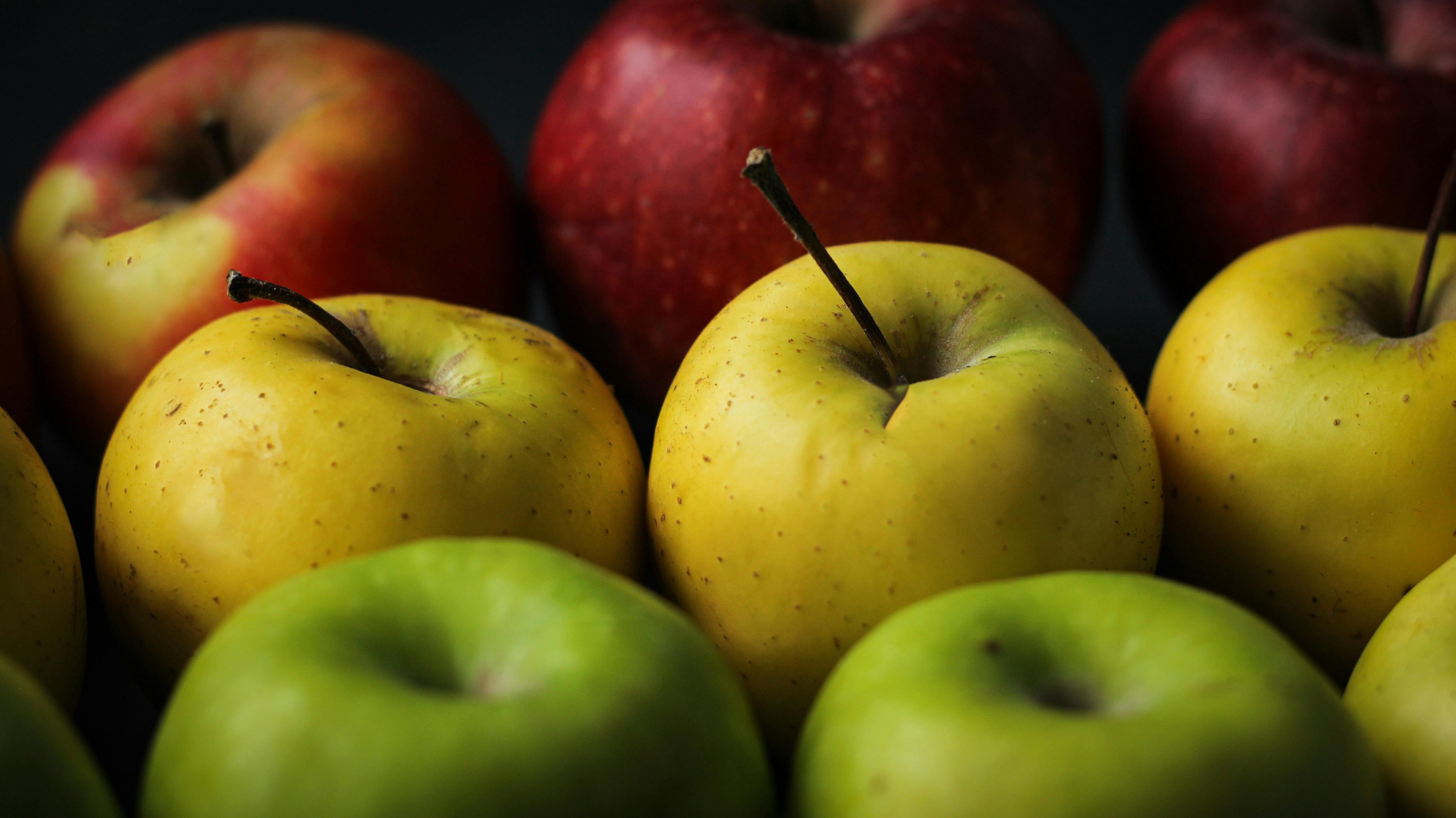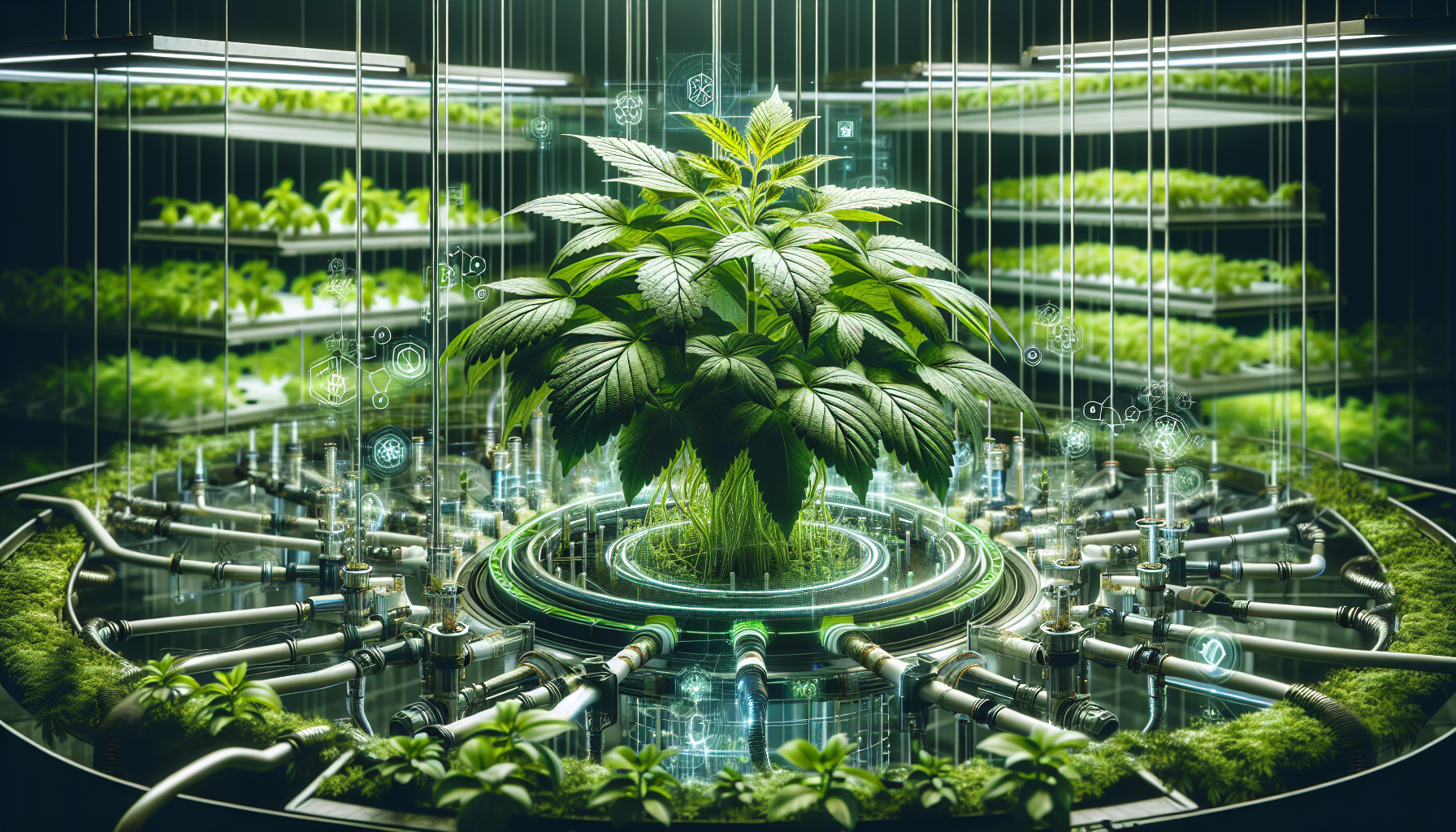In this article, we will explore the popular gardening practice of hydroponics and address the question of whether it is truly chemical-free. Many garden enthusiasts are turning to hydroponics as an efficient and space-saving way to grow their favorite plants. But what about the use of chemicals in this process? Is it possible to cultivate plants hydroponically without relying on chemical substances? Join us as we uncover the truth behind hydroponics and discover if it lives up to its chemical-free claims.
Hydroponics Basics
Definition of hydroponics
Hydroponics is a modern cultivation method that involves growing plants without soil. Instead, plants are grown in a nutrient-rich water solution that provides the necessary elements for healthy growth. This method relies on the careful control of water, nutrients, and environmental conditions to maximize plant productivity.
Advantages of hydroponics
There are numerous advantages to practicing hydroponics. First and foremost, it allows for the precise control of nutrient delivery to plants, ensuring optimal growth and health. By eliminating the need for soil, hydroponics reduces the risk of soil-borne pests and diseases, resulting in healthier and more vibrant plants. Additionally, hydroponic systems use water more efficiently than traditional soil-based methods, making them an eco-friendly choice for growers.
Different types of hydroponic systems
Hydroponic systems come in various forms, each with its own advantages and considerations. Some common types include:
-
Deep Water Culture (DWC): This system suspends plant roots in a nutrient solution while providing a constant supply of oxygen. It is simple and affordable, making it a popular choice for beginners.
-
Nutrient Film Technique (NFT): In this system, a thin film of nutrient solution flows over plant roots, providing both nutrients and oxygen. NFT is efficient and suitable for growing leafy greens and herbs.
-
Drip Irrigation System: This system utilizes drippers to deliver a nutrient solution directly to the plant’s root zone. It is versatile and can be adapted to accommodate different plant types and sizes.
-
Ebb and Flow System: Also known as flood and drain, this system periodically floods the growing tray with nutrient solution and then drains it away. It is a flexible and low-maintenance system.
-
Aeroponics: This advanced system suspends plant roots in air and mists them periodically with a nutrient solution. It offers excellent oxygenation and nutrient absorption, leading to accelerated plant growth.
Nutrient Solutions in Hydroponics
Importance of nutrient solutions
Nutrient solutions are the lifeblood of hydroponic systems. They provide plants with the essential elements needed for growth, such as nitrogen, phosphorus, potassium, and trace minerals. These solutions must be carefully balanced to meet the specific needs of different plant species and growth stages.
Components of nutrient solutions
A well-balanced nutrient solution typically consists of macronutrients, micronutrients, and water. Macronutrients, including nitrogen, phosphorus, and potassium, are required in larger quantities, while micronutrients, such as iron and zinc, are needed in smaller amounts. Water quality is also crucial, as it can affect the pH and nutrient availability.
Potential chemical additives in nutrient solutions
To ensure optimal plant nutrition, hydroponic growers may choose to supplement nutrient solutions with chemical additives. These additives can include pH adjusters to maintain the desired pH level, stabilizers to prevent nutrient precipitation, and chelators to improve nutrient availability. While chemical additives can be beneficial when used correctly, care must be taken to avoid excess or misuse.

Pest and Disease Management in Hydroponics
Common pests in hydroponics
Although hydroponic systems offer fewer opportunities for pests to invade plants, they are not entirely immune to pest infestations. Some common pests in hydroponics include aphids, whiteflies, spider mites, and fungus gnats. These pests can damage plants, reduce yields, and spread diseases.
Chemical options for pest control
When faced with pest infestations, hydroponic growers may turn to chemical pesticides to protect their crops. It is crucial to use pesticides approved for hydroponic use and to follow the recommended application rates and safety guidelines. Chemical pesticides can effectively control pests, but they should be used judiciously and in accordance with regulations.
Organic alternatives for pest control
For growers seeking to minimize chemical use, organic pest control methods are available. Beneficial insects, such as ladybugs and predatory mites, can be introduced to hydroponic systems to prey on harmful pests. Additionally, organic insecticidal soaps and neem oil are commonly used to control pests in a more environmentally friendly manner.
Preventive measures for disease management
Preventing diseases is key to maintaining a healthy hydroponic system. Good hygiene practices, such as proper sterilization of equipment and regular cleaning, can help reduce the risk of disease. Additionally, closely monitoring environmental conditions like temperature and humidity can help prevent the development and spread of diseases.
Benefits of Hydroponics
Increased control over plant growth
Hydroponics allows growers to have precise control over various environmental factors that influence plant growth. From nutrient concentrations to lighting and temperature, every aspect can be carefully adjusted to optimize plant development. This control enables growers to achieve faster growth, higher yields, and superior plant quality compared to traditional soil-based cultivation.
Optimized resource utilization
Hydroponics is known for its efficient use of resources. By delivering nutrients directly to the roots in a controlled environment, hydroponic systems reduce nutrient waste significantly. Additionally, water consumption is typically lower in hydroponics compared to traditional soil farming, making it a more sustainable option in water-scarce regions.
Year-round production potential
One of the great advantages of hydroponics is the ability to grow crops year-round, regardless of external climate conditions. By creating the ideal growing environment indoors or in greenhouses, hydroponics allows for consistent production, ensuring a continuous supply of fresh produce regardless of the season.
Reduced environmental impact
Hydroponics can have a lower environmental impact compared to conventional farming practices. By eliminating the need for extensive land use and reducing water and fertilizer usage, hydroponics minimizes soil erosion, nutrient runoff, and pesticide pollution. This makes it a more sustainable alternative for food production, especially in urban areas.

Chemical Usage in Hydroponics
Fertilizers and nutrient solutions
Fertilizers and nutrient solutions form the foundation of hydroponic plant nutrition. These formulations provide essential nutrients in soluble forms that can be easily absorbed by plants. They typically consist of a balanced blend of macronutrients and micronutrients tailored to meet the specific needs of different crops.
pH adjusters and stabilizers
Maintaining the proper pH level of the nutrient solution is crucial for optimal nutrient uptake by plants. pH adjusters, such as acids or alkalis, are used to raise or lower the pH as needed. Stabilizers, such as buffers, help maintain a consistent pH over time, preventing fluctuations that can harm plant health.
Pesticides and fungicides
While hydroponic systems generally experience fewer pest and disease issues, there may still be occasions where chemical intervention is necessary. Hydroponic growers may resort to approved pesticides and fungicides to combat specific pest or disease outbreaks. It is essential to follow label instructions and adhere to safety guidelines to ensure effective pest control.
Growth regulators and hormones
In some cases, hydroponic growers may utilize growth regulators and hormones to influence plant growth and development. These substances can help promote root growth, control flowering and fruiting, and enhance overall plant performance. Their use should be approached with caution, as improper application or excessive use can have adverse effects on plants.
Organic Hydroponics
Definition of organic hydroponics
Organic hydroponics combines the principles of organic farming with hydroponic growing techniques. It focuses on using natural, sustainable, and non-synthetic inputs to nourish plants, without the use of chemical fertilizers, pesticides, or growth regulators. Organic hydroponics aims to produce nutritious and environmentally friendly crops.
Approved organic inputs for hydroponics
While hydroponics traditionally relies on chemical solutions, organic hydroponic systems utilize approved organic inputs. These can include organic nutrient solutions derived from natural sources, such as seaweed extracts, fish emulsions, and compost teas. It is important to choose organic inputs that are certified for use in hydroponics to meet organic standards.
Challenges and considerations in organic hydroponics
Organic hydroponics presents unique challenges compared to conventional hydroponics or soil-based organic farming. Since plants rely solely on nutrient solutions for nutrition, the composition and quality of those solutions become crucial. Organic nutrient solutions may be less concentrated, requiring careful monitoring to avoid nutrient deficiencies. Additionally, disease and pest management may require more strategic planning, as chemical pesticides are not utilized.

Chemical-Free Hydroponic Systems
Aquaponics: A symbiotic system
Aquaponics is a specialized form of hydroponics that combines plant cultivation with fish farming. In this system, fish waste provides a nutrient-rich solution for plants, while the plants filter the water, creating a symbiotic relationship. Aquaponics eliminates the need for synthetic fertilizers, making it a chemical-free hydroponic option. It offers the benefits of both hydroponics and aquaculture, with the production of both vegetables and fish.
Aeroponics: Utilizing mist and air
Aeroponics takes hydroponics to the next level by suspending plant roots in air and periodically misting them with a nutrient solution. The fine mist provides both moisture and nutrients directly to the roots, allowing for rapid and efficient absorption. This system eliminates the need for a growing medium and reduces the risk of diseases associated with soil. As a result, aeroponics offers a chemical-free alternative that promotes optimal plant growth.
Bioponics: Microorganisms as primary nutrient sources
Bioponics relies on beneficial microorganisms as the primary source of nutrients for plants. These microorganisms convert organic matter, such as compost and organic waste, into a form that plants can readily absorb. By harnessing the power of microorganisms, bioponics creates a self-sustaining system that eliminates the need for synthetic chemicals or fertilizers. This approach aligns with organic principles and promotes a healthy and sustainable growing environment.
Regulatory Standards and Certifications
Government regulations on hydroponics
Government regulations on hydroponics vary by country and region. In many cases, hydroponics falls under general agricultural regulations, focusing on food safety, labeling, and traceability. It is essential for hydroponic growers to stay informed about any applicable regulations and comply with them to ensure the responsible and ethical production of their crops.
Organic certifications for hydroponic produce
The eligibility of hydroponic produce for organic certification is a topic of ongoing debate. In some regions, hydroponic crops can be certified organic if they meet specific criteria, such as using approved organic inputs and following certain organic practices. However, in other regions, organic certification may not be granted to hydroponic produce due to the exclusion of soil as a growth medium. Growers interested in obtaining organic certification should research the requirements specific to their location.

Perceptions and Misconceptions
Misconception: Hydroponics equals chemical use
One common misconception about hydroponics is that it relies heavily on chemical inputs. While it is true that hydroponic systems can use chemical additives and pesticides, their use is not inherent to the practice. Many hydroponic growers utilize organic methods and inputs, minimizing or eliminating the need for synthetic chemicals. Hydroponics offers the opportunity to grow plants in a controlled environment, which allows for tailored nutrition and effective pest management, whether using organic or conventional approaches.
Perception: Hydroponics is more sustainable and environmentally friendly
A growing perception among consumers is that hydroponics is a more sustainable and environmentally friendly method of food production compared to traditional soil-based farming. This perception is supported by several factors, including reduced water usage, minimized nutrient runoff, and limited pesticide use in hydroponics. Additionally, the ability to grow crops year-round in controlled environments reduces the need for long-distance transportation, further reducing the carbon footprint associated with food production.
Conclusion
Hydroponics offers a promising alternative to traditional soil-based cultivation, providing increased control over plant growth, optimized resource utilization, and the potential for year-round production. While chemical additives and pesticides are commonly used in hydroponic systems, organic and chemical-free options exist. Organic hydroponics, aquaponics, aeroponics, and bioponics showcase the potential for sustainable and environmentally friendly practices within hydroponics. Government regulations and organic certifications may vary, but hydroponics can be a responsible and ethical method of food production when practiced with care and consideration. By dispelling misconceptions and embracing the benefits of hydroponics, we can pave the way for a more sustainable and productive future in agriculture.




